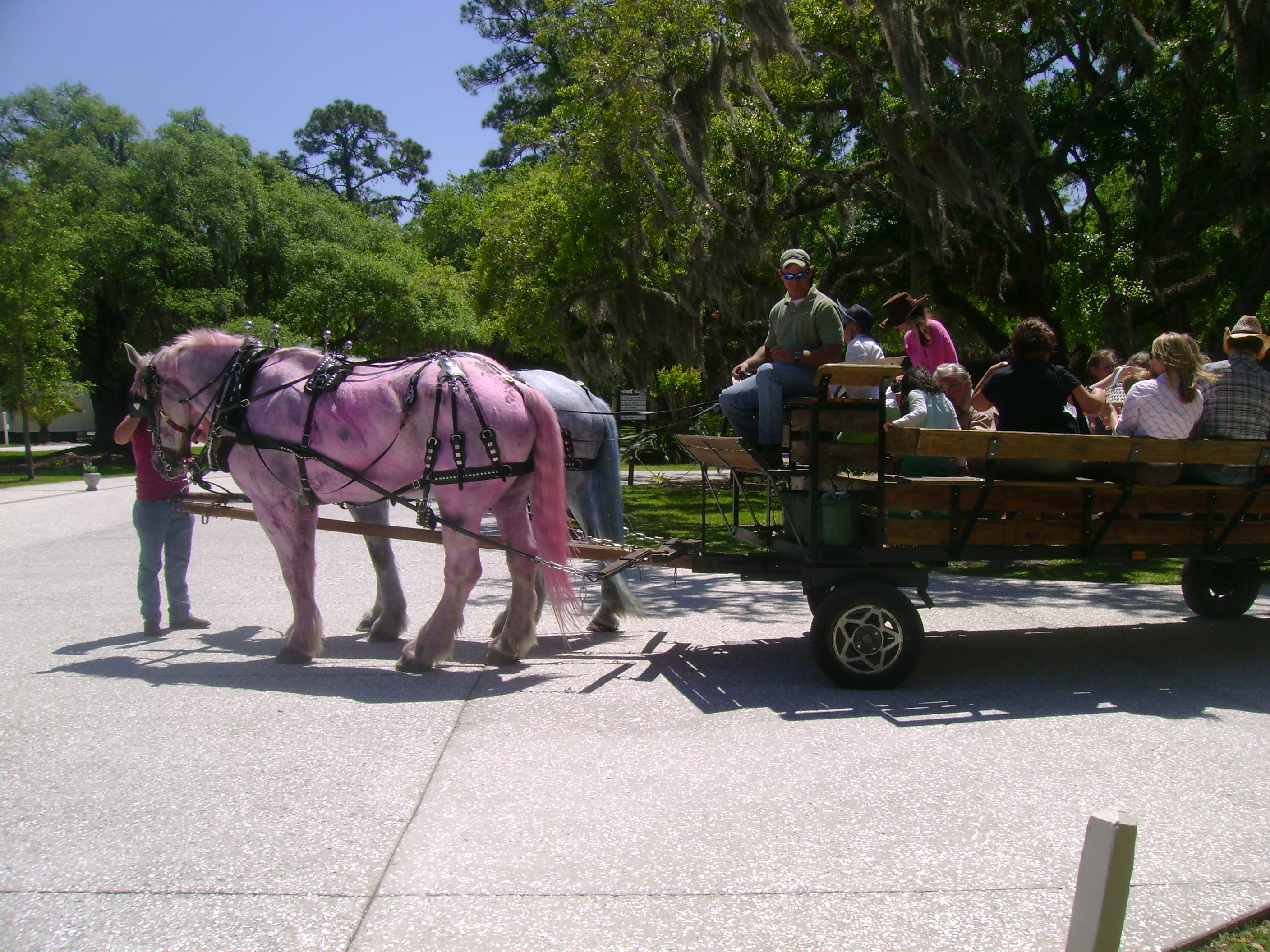Quest for Georgia’s Native Americans | Part 4: Brown’s Mount in Macon, Georgia
This article continues our exploration of Macon, Georgia with a visit to the Brown’s Mount site to help solve the mystery of Georgia’s Native Americans. Around 900 AD, Georgia’s Creek Indians constructed a series of towns consisting of enormous earthen pyramids, the largest of which were the lost cities of Ocmulgee and Etowah. So far in this series of articles we’ve visited two of the actual locations where historical events took place and looked for clues to help solve the mystery of the origins of Georgia’s Native Americans. Our first stop was in Savannah, Georgia where we learned about the Creek Migration Legend and from where these Indian tribes believed they came. Our second stop was in Macon, Georgia at the Ocmulgee Mounds site where two different tribes of Creek Indians, the Muskogee and Hitchiti, claim they originally settled and we found clues that supported both tribes’ claims. This article continues our quest for Georgia’s Native Americans.
More Clues from the Creek Migration Legend
In the 1770s, just under forty years after Chekilli, Chief of the Upper and Lower Creek Indians, gave his speech in Savannah, Georgia recounting the migration legend of his Indian tribe, English naturalist William Bartram visited the Ocmulgee Mounds site in Macon, Georgia and was in awe of the Great Temple Mound (discussed in our previous article: “Quest for Georgia’s Native Americans | Part 3: Ocmulgee Mounds.”) Bartram next visited a nearby mount known as Brown’s Mount which rises 500 feet above the surrounding swamp. There he made the first discovery of a Native American settlement on top of the mount which included a small earthen mound and village surrounded by an earth and stone wall.
Later archaeologists in the 1930s would excavate the site and found an earth lodge similar to the one at the Ocmulgee Mounds site except this one was square not round. This is an important clue because square earth lodges were also constructed by the Yuman Indian tribe in the western U.S. The Yuman language has been classified as part of the Hokan language family. This language family extends from the western U.S. and into north western Mexico.
Interestingly, the language of the Muskogee Creek Indians was also once classified by linguists as belonging to the Hokan family although modern linguists no longer accept this classification. This evidence, though, suggests that linguists may need to take a second look at this matter. All the evidence presented thus far seems to indicate that the Muskogee Creek Indians originated at least as far away as the western U.S. and possibly western Mexico.
Charcoal was also found at this site and archaeologists were able to date this village to around 980 AD. This confirms that this mountain top village was occupied at the same time as the Ocmulgee Mounds site. In fact, the migration legend appears to make reference to Brown’s Mount when it states:
“They always have, on their journeys, two scouts who go before the main body. These scouts ascended a high mountain and saw a town. They shot white arrows into the town; but the people of the town shot back red arrows. Then the Cussitaws became angry, and determined to attack the town, and each one have a house when it was captured.”
Brown’s Mount is the only such geographical feature anywhere near the Ocmulgee Mounds site. From this vantage point one could easily see the extent of the Ocmulgee Mounds village and its numerous houses. Thus once again the Creek Migration Legend appears to contain details which correspond with the actual site of Ocmulgee.
Looking for the Mountain of Fire
As mentioned in the first part of this series, the migration legend asserts that the Muskogee Creek Indians left their homeland after severe earthquakes forced them to do so. After a few days travel they came to a mountain which thundered and had red smoke and fire coming from its top, a clear reference to a volcanic eruption. So far the clues point to their origins as far away as the western U.S. We also now know they arrived in the Ocmulgee Mounds area at Brown’s Mount by at least 980 AD. Thus we need to find a volcano which erupted sometime before 980 AD.
Several researchers have suggested that the Sunset Crater volcano in Arizona is the likeliest candidate. Yet the most recent data suggests this erruption occurred between 1090-1150 AD. This is far too late since the archaeological data places the Muskogee Creek Indians at Brown’s Mount by 980 AD and Ocmulgee Mounds by 1018 AD.
No other eruptions in the western United States occurred during the right time period except in the Pacific Northwest and northern California. Yet the cultural traditions of the Muskogee Creek Indians do not match anything in those areas. Thus we must keep looking.
Around 930 AD, the Ceboruco Volcano in the state of Nayarit in western Mexico had an enormous eruption. In fact, this was the largest volcanic eruption in North America of the past 10,000 years. The eruption impacted hundreds of square kilometers around the volcano and would have certainly inspired people to move from the devastated region. Such a large eruption would have certainly been preceded by earthquake activity. Thus it’s in the right time period but is an extreme distance away from Ocmulgee Mounds in Macon, Georgia. Could Georgia’s Muskogee Creek Indians have migrated from western Mexico?
It should be noted that there were known trade contacts between the people of Chaco Canyon in the American southwest and the people of west Mexico. There were also known trade contacts between Chaco Canyon and the American southeast. Thus it is possible that migrants could have travelled along known trade routes quite easily.
This is the exact route that corn and beans are theorized to have travelled from Mexico into the southeastern U.S. In fact, a new variety of corn arrived at the same time as these new Muskogee Creek Indians at Ocmulgee. It seems overly coincidental that these two events occurred simultaneously. The most logical explanation is that these migrants brought this new crop with them from Mexico. In fact, several versions of the migration legend state that they would stay in one place for several years until they had grown enough corn and other crops to start their migration again. Thus it seems clear that corn travelled with them from their homeland.
The Final Clues from Macon, Georgia
We have one last location to visit in Macon, Georgia where we can look for clues about the origins of Georgia’s Creek Indians. The site is known as Lamar Mounds and is just a short distance from both Ocmulgee Mounds and Brown’s Mount. If you want to be alerted when the next article in this series is published, be sure to subscribe to my articles using the link at the top of this page below my name.



